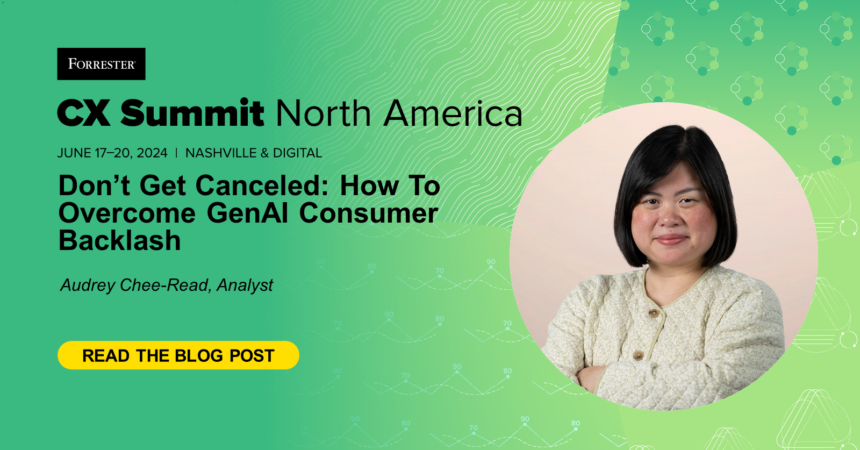Last month, #KateGate dominated headlines — not only in the UK but in the US, as well. In case you need a recap (or managed to miss it), the Princess of Wales had announced that she was undergoing stomach surgery, and after a period of not being seen, she surfaced just long enough to share a picture of herself and her kids on Mother’s Day in the UK. The apparently “photoshopped” image was heavily scrutinized, with several news media outlets declining to publish the photo, as it was doctored. Questions around how the princess and other royal family members may have edited or used AI technology to generate images in the past loomed; many conspiracy theories ensued.
Amid the height of this controversy, the Princess of Wales aired a video announcing her cancer diagnosis. But even after this announcement, social media users questioned whether the video was generated by AI or hologram.
AI transcends pretty much everything now. As AI awareness increases, consumers assume a default posture of distrust — especially toward media and advertising content. Now, even videos making serious announcements are met with questions of authenticity. And for good reason: In a research study from researchers at the University of Waterloo, only 61% of participants could tell the difference between AI-generated people and real ones.
Before the launch of ChatGPT, AI technology largely existed behind the scenes, its complexities too difficult to comprehend for the everyday consumer. But generative AI (genAI) changed all that. By allowing firsthand consumer engagement to create something new, genAI has tangibly demonstrated what AI technology can do … and could do. As a result, genAI familiarity is at an all-time high: Forrester finds that only 10% of US (and 13% of UK) consumers have never heard of generative AI.
Distrust inevitably follows awareness: Forrester finds that 77% of US and UK consumers agree that companies should disclose when they are using generative AI when interacting with them. Only 31% of these consumers would trust information provided by generative AI. The consequence? Consumers have become AI detectives — questioning whether what they’re seeing is authentically or artificially created.
Like #KateGate, AI distrust is the default, and consumers are ready to call out companies that misstep — with extreme cases such as the Willy Wonka experience in the UK that devolved into a Fyre Festival 2.0 spectacle or cases like when Under Armour announced a “new AI ad” but received backlash from creative industry professionals on the credit and sourcing. The distrust will stem from a wide range of cases, not just one. What can brands and organizations do? As always, there is strategy and there is execution:
- Authenticity is not an elusive word. “Authentic,” “genuine,” and “real” have all been words in a brand marketer’s strategic framework at some point in time. But attaching true meaning is another story. Forrester has created a systematic approach (client access required) to articulating, developing, and measuring brand authenticity. By building a strong foundation that recognizes the value your business gives to people, creating a connection with consumers, and, most importantly, proving it through an outcome of customer experience improvement, brands and organizations can build a strong authentic foundation. To be true to others, one must first be true to themselves.
- Implement a process for intelligent creativity. Intelligent creativity, a concept that my colleague Jay Pattisall has written about, speaks to a process of creative problem-solving in which teams of creators and strategists conceive, design, produce, and activate business solutions with the assistance of AI, intelligent automation, and data. Brands and organizations do not need to fight against AI but rather intentionally use it in a way that inspires creativity and consumer trust.
If you’d like to explore these topics further, join me this June at CX Summit North America, happening in Nashville and as a digital experience. My session, “Don’t Get Canceled: Overcoming GenAI Consumer Backlash,” will take a closer look at what fuels consumer behavioral backlash over genAI and provide proactive ways to advance your genAI strategy without stepping into a PR crisis.







